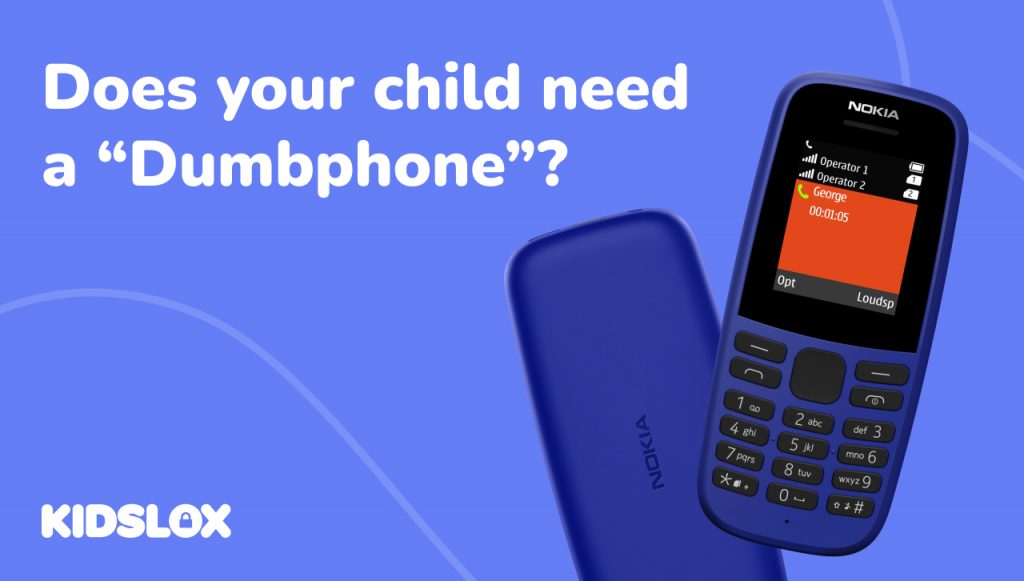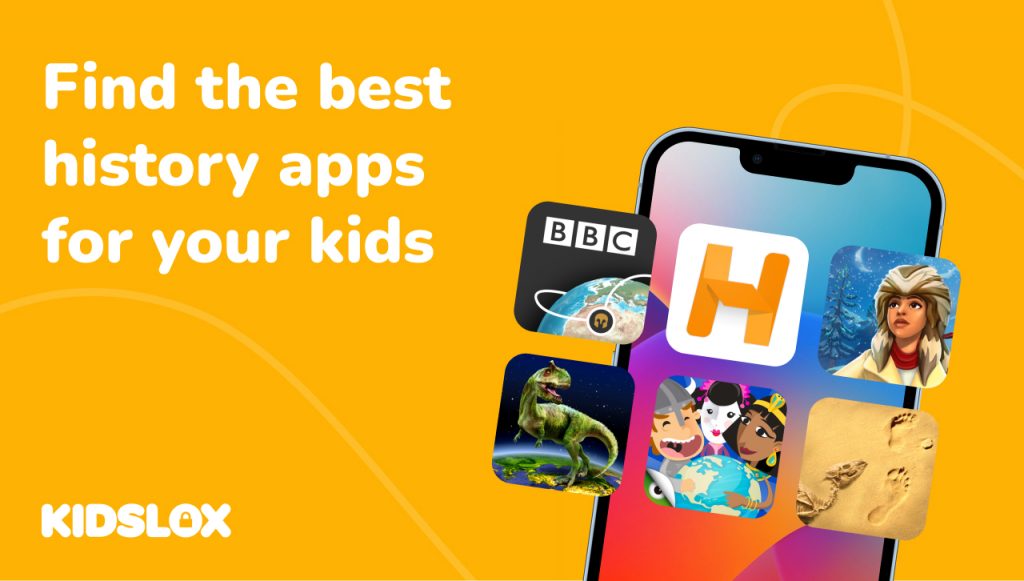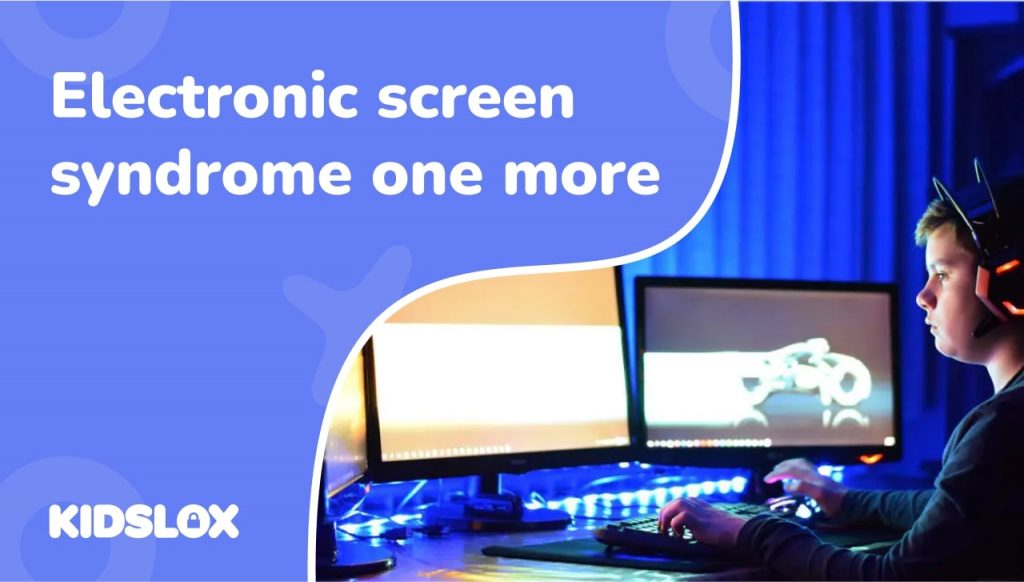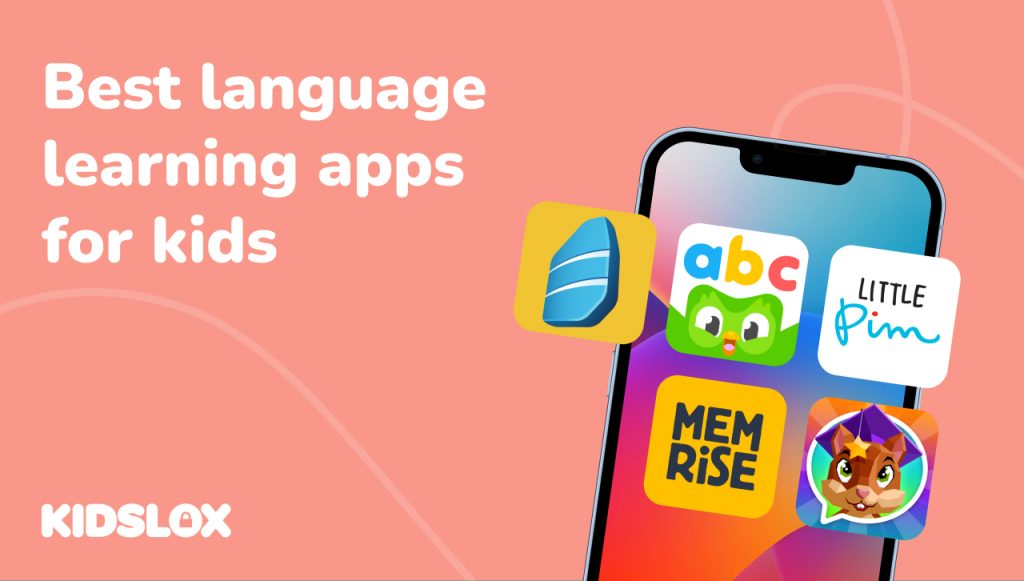Learn how a “dumbphone” can give your child communication access – without the risks that come with the latest smartphone devices.
As a digital age parent, you’re likely all too familiar with the dilemma of when to bring a phone into your child’s life.
On the one hand, smartphones can provide access to a wealth of information and educational resources – not to mention the ability to communicate with you and provide location access.
On the other hand, the thought of giving your child unrestricted internet access and the constant stream of notifications can be a minefield of distractions and potentially inappropriate content.
You want your child to stay connected and keep up with their peers – but you also worry about the potential risks of cyberbullying, excessive screen time, and exposure to mature content online. Not to mention the growing costs of buying the latest smartphone and paying for an unlimited data plan.
If you’re not quite ready to hand over an all-access pass to the digital world, a “dumbphone” might be the happy medium you’re looking for. These basic mobile devices offer just enough functionality to keep your child connected without all the bells and whistles that could lead them down a rabbit hole of unproductive screen time.
So, what is a dumbphone – and how can you pick the right one for your child (without making them roll their eyes and beg for the latest iPhone)?
What Is a Dumbphone?
A dumbphone, also known as a “feature phone,” is essentially a mobile device that falls somewhere between a basic phone and a smartphone.
Unlike smartphones, dumbphones typically lack advanced operating systems or the ability to install third-party apps. However, they offer more functionality than a simple call-and-text phone.
The core features of a dumbphone usually include:
- Voice calling and text messaging
- Basic web browsing (often through a stripped-down browser)
- Media playback (music, videos, etc.)
- Built-in camera (with limited megapixels compared to smartphones)
- Bluetooth connectivity
- Simple games and tools (calculator, alarm clock, etc.)
Dumbphones are designed to be user-friendly and straightforward, with physical keypads or basic touchscreen interfaces. They prioritize battery life and durability over processing power and cutting-edge features.
While they may lack the flashiness of the latest iPhone or Samsung Galaxy, dumbphones can be an attractive option for parents looking to provide their children with basic communication capabilities without the distractions.
Unlike smartphones, dumbphones typically offer limited or no access to app stores, social media platforms, and other online services that could expose children to inappropriate content or lead to excessive screen time.
The Pros of Opting for A Dumbphone for Kids
While dumbphones may lack the “cutting-edge features” and sleek designs of Apple or Android smartphones, they offer some pretty compelling advantages for parents looking to introduce their children to mobile technology responsibly.
Knowing these – and how to communicate them – can help parents convince children that this is a great first-step in the device world.
Dumbphones Offer Limited Distractions and Improved Focus
One of the primary advantages of dumbphones is their inherent simplicity. Without access to a vast app ecosystem or constant notifications from social media platforms, dumbphones provide a distraction-free environment that can help children stay focused on their studies, hobbies, and real-world interactions.
Numerous studies have linked excessive smartphone usage to decreased attention spans, poor academic performance, and even mental health issues in children and adolescents. By limiting their access to addictive apps and constant digital stimuli, dumbphones can help your child cultivate better concentration and time management skills.
You Can Reduce the Risk of Exposure to Inappropriate Content
The internet is becoming more and more wild and unregulated – where children can inadvertently stumble upon inappropriate or harmful content. While parental control software and web filters can help mitigate this risk on smartphones, dumbphones offer a more straightforward solution.
Most dumbphones either lack full internet browsing capabilities or come with built-in parental control features that allow you to restrict access to specific websites or content categories. This level of control can provide peace of mind, knowing that your child is less likely to encounter mature or explicit material online.
Dumbphones Help Encouragement of Real-World Social Interactions
When we all default to communicating through screens, dumbphones can encourage face-to-face interactions and foster stronger social skills. Without the constant lure of social media apps and messaging platforms, your child may be more inclined to engage in physical activities, playdates, and other real-world social experiences.
This hands-on approach to socializing can help develop crucial interpersonal skills, such as empathy, communication, and conflict resolution, which are essential for building healthy relationships and navigating various social situations throughout their lives.
Dumbphones Lower The Risk of Cyberbullying or Online Harassment
Unfortunately, cyberbullying and online harassment have become prevalent issues among children and teenagers, with potentially severe consequences for their mental health and well-being. With their limited internet connectivity and lack of access to popular social media platforms, Dumbphones can significantly reduce this risk.
By restricting your child’s exposure to online forums and messaging apps where cyberbullying often occurs, you can create a safer digital environment for them to communicate and explore the online world at their own pace.
They’re Way More Cost-Effective Compared to Smartphones
Here’s the best part: dumbphones offer a more budget-friendly alternative to expensive smartphones and data plans. With their basic functionality and lack of high-end features, dumbphones are generally more affordable upfront, and their data usage is typically lower, resulting in more manageable monthly costs.
This cost-effectiveness can be especially appealing for parents who want to introduce their children to mobile technology gradually without breaking the bank or locking them into expensive long-term contracts.
Are There Potential Drawbacks with Dumbphones?
While dumbphones offer several advantages for parents looking to introduce mobile technology responsibly, it’s essential to consider their limitations and potential drawbacks. Here are some factors to keep in mind:
Lack of Advanced Features and Apps
One of the most significant drawbacks of dumbphones is their lack of advanced features and applications compared to modern smartphones. Children may miss out on educational apps, productivity tools, and creative platforms that could aid their learning and development.
This may or may not be a bad thing – as many apps are designed to distract and increase the risk of addiction or pay-to-play behavior.
Limited Access to Educational Resources
Many schools and educational institutions now rely on mobile apps, online portals, and digital resources to supplement classroom learning. With a dumbphone’s limited internet capabilities and inability to install certain apps, your child may have restricted access to these valuable educational tools.
This could potentially put them at a disadvantage compared to their peers who have access to smartphones with more comprehensive online resources and learning platforms.
Dumbphones Have Compatibility Issues with Modern Tech
Many dumbphones may face compatibility issues with various technologies and services. From mobile payments and contactless transactions to smart home devices and wearable technology, dumbphones may struggle to integrate seamlessly with these modern systems.
This lack of compatibility could create frustrations for your child and potentially limit their ability to engage with certain technologies that are becoming increasingly prevalent in daily life.
They May Feel “Uncool” Compared To Friends with Smartphones
It has to be said because it’s reality – the type of device a child owns can often be associated with their perceived “coolness” or social status among their peers. Dumbphones, with their dated designs and limited functionality, may be seen as “uncool” or “outdated” by some children, potentially leading to feelings of embarrassment or social exclusion.
While this should not be the deciding factor, it’s essential to consider the potential social implications and how your child might perceive their dumbphone compared to their friends’ devices.
Top Dumbphones On The Market
If giving your child access without the added features of a smartphone is your goal, there are still plenty of options on the market. Here are some of the top feature phones currently available:
Punkt MP02: This phone offers no apps or email, focusing purely on calls and texts. It is highly durable and emphasizes security through Signal-encrypted calls and texts.
Nokia HMD 110: The HMD 110 is designed for durability and practicality. It has a strong design that will withstand kiddo-activities and still looks great. It’s not a smartphone, but still has features like a voice recorder, FM radio, MP3 player, and the classic Snake game.
Easyfone Prime-A6: Designed for ease of use, this phone has large buttons and a simple interface, making it ideal for younger kids or seniors. It includes basic tools like alarms and a calendar but no internet access or a camera.
Kyocera DuraXV Extreme: This rugged phone offers advanced features such as HD voice calls, dual-mic noise cancellation, and a 5MP camera. It’s known for its durability and long battery life, making it suitable for more active kids.
What To Look For In A Dumbphone
What should you look for when browsing the available dumbphones on the market? While there may not be as many options as with smartphones, there are still a few key features to consider.
- Durability: If you’re buying a dumbphone for a child or someone who tends to be rough on their devices, durability is important. Look for a phone that is shockproof and has a sturdy design.
- Battery life: Dumbphones typically have longer battery life than smartphones due to their lack of internet and app usage. However, some models may offer extended battery options or come with larger batteries for even longer use.
- Ease of use: As mentioned before, the whole point of getting a dumbphone is simplicity. You want a phone with an easy-to-use interface and large buttons for effortless navigation.
- Basic features: While smartphones have countless features and apps, dumbphones stick to the basics. Look for a phone with calling, texting, and possibly a basic camera or flashlight.
- Price: Dumbphones are generally more affordable than smartphones, but prices can vary depending on the brand and model. Consider your budget and shop around for the best deal.
Dumbphones as a Transition to Responsible Smartphone Usage
While dumbphones may lack the bells and whistles of modern smartphones, they can serve as an excellent transitional tool to prepare your child for the responsibilities and potential pitfalls of owning a fully-fledged smart device. With the right approach, a dumbphone can be a valuable learning experience without making your child feel disconnected from the digital world.
The key is to frame the dumbphone as a stepping stone rather than a punishment or deprivation. Explain to your child that this device is an opportunity to demonstrate their ability to use technology responsibly and develop healthy digital habits. Once they’ve proven their maturity and self-control, the natural progression would be transitioning to a more advanced device with additional features and capabilities.
Here are some pointers for a smooth transition:
- Set clear expectations and rules: Establish guidelines for dumbphone usage, such as screen time limits, restricted functionality (e.g., no internet access), and consequences for misuse. Involve your child in the rule-setting process to foster a sense of accountability.
- Gradually introduce new features: As your child demonstrates responsible behavior, consider gradually unlocking new features or functionalities on their dumbphone, such as limited internet access or the ability to download specific apps. This incremental approach can help them adjust to new digital experiences in a controlled manner.
- Discuss online safety and etiquette: Use the dumbphone to have open conversations about online safety, cyberbullying, and proper digital etiquette. Educate your child on the potential risks and teach them how to navigate the digital world responsibly.
- Lead by example: As a parent, model responsible technology usage yourself. Show your child how to set boundaries, prioritize important tasks, and disconnect from digital devices when necessary.
By approaching the dumbphone as a stepping stone and fostering a healthy relationship with technology from an early age, you can help your child develop the skills and mindset necessary for responsible smartphone usage in the future.
At Kidslox, we’re dedicated to providing parents with the guidance and resources you need to navigate the digital world. Visit our website for more insights, tips, and tools to help you make informed decisions about introducing technology to your children in a safe and responsible manner.





